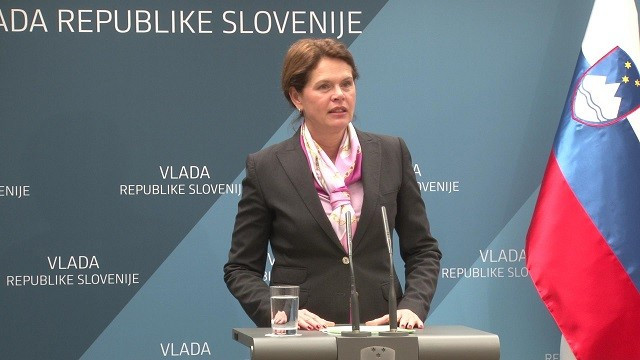55th regular session of the Government of the Republic of Slovenia
The bill supplements and amends the provision on the Waters Fund, specifically in relation to the dedicated use of the Fund’s assets. The proposed amendment enables a clearer definition to be made of what may be financed by the Fund in relation to water infrastructure. The bill also enables the funding of emergency measures to respond to an increase in the level of threat from the adverse effects of water, along with post-natural disaster emergency measures with the aim of diverting direct hazards to human life and health or to property. The current system of funding emergency intervention operations or emergency measures does not enable the necessary work to divert such hazards to be carried out satisfactorily.
The government has issued the Decree Amending the Decree on the Classification of National Roads, which removes the H2 Pesnica (Maribor)–Tezno high-speed road (7.22 km in length) from the high-speed road network. With the construction of the A1 motorway (0071 Dragučova–Maribor section), which runs parallel to it and eastwards from the central urban area, the H2 high-speed road has lost its function of receiving long-distance traffic, and now carries only local traffic between Maribor and its surrounding area.
The government has also issued the Decree Amending the Decree on Toll Roads and Tolls. The new version of the decree follows on from that of the Decree on the Classification of National Roads, which will change the H2 Pesnica (Maribor)–Tezno high-speed road into a regional road. After reclassification, the road will continue to be managed by DARS, d.d.; tolls will therefore be collected from vehicles that exceed the maximum permitted weight of 3.5 t (freight vehicles). This is because the newly classified regional road meets the conditions for charging selective tolls under Article 4 of the Road Tolls Act.


